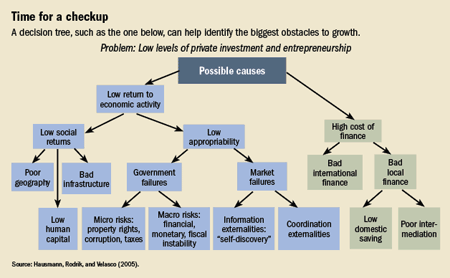Local Employment Dynamics (LED) is a voluntary partnership between state labor market information agencies and the U.S. Census Bureau to develop new information about local labor market conditions at low cost, with no added respondent burden, and with the same confidentiality protections afforded census and survey data.
See also the following post from David Warsch;
Now meet Julia Lane.
Lane, 54, director of the Science of Science and Innovation Policy Program of the National Science Foundation, spearheaded the creation of the Longitudinal Employment-Household Dynamics (LEHD) program of the US Census Bureau, an enormous innovative data base – a “frame” of jobs over time — that permits the real world of the US economy to be interrogated by the models of unemployment dynamics for which Peter Diamond, Dale Mortensen and Christopher Pissarides shared the Nobel Prize in economics last week.
Instead of a Mention in Dispatches from Stockholm, what Lane got was the Vladimir Chavrid Memorial Award.
Don’t feel sorry for her, though. For one thing, she’s very much alive. For another, the ebullient New Zealander much more nearly resembles another Julia, Julia Child, than the somewhat dour Rosalind Franklin. And of course there’s that Chavrid Award.
Because I knew her to be immersed in the practical details of unemployment dynamics, Lane was the first person I called after the Nobel prizes were announced last October. We hadn’t talked for long before I began to realize that her story was as interesting as the winners’.
It began in 1994, when Lane read an article by Simon Burgess, of the University of Bristol, “The Flow of Unemployment in Britain.” I had been working on looking at the flow of workers through firms and I knew that even firms that had no change in employment across quarters both hired and fired workers simultaneously. But in his model firms had a desired level of employment, and only hired until they reached it and after that they didn’t do anything more. So I called him up and I said, you don’t know me from a bar of soap but that model is just dead wrong. What my data show is that even when firms don’t change their employment levels there’s this huge churn through the work force. Even firms that are laying workers off are still hiring.”







































































